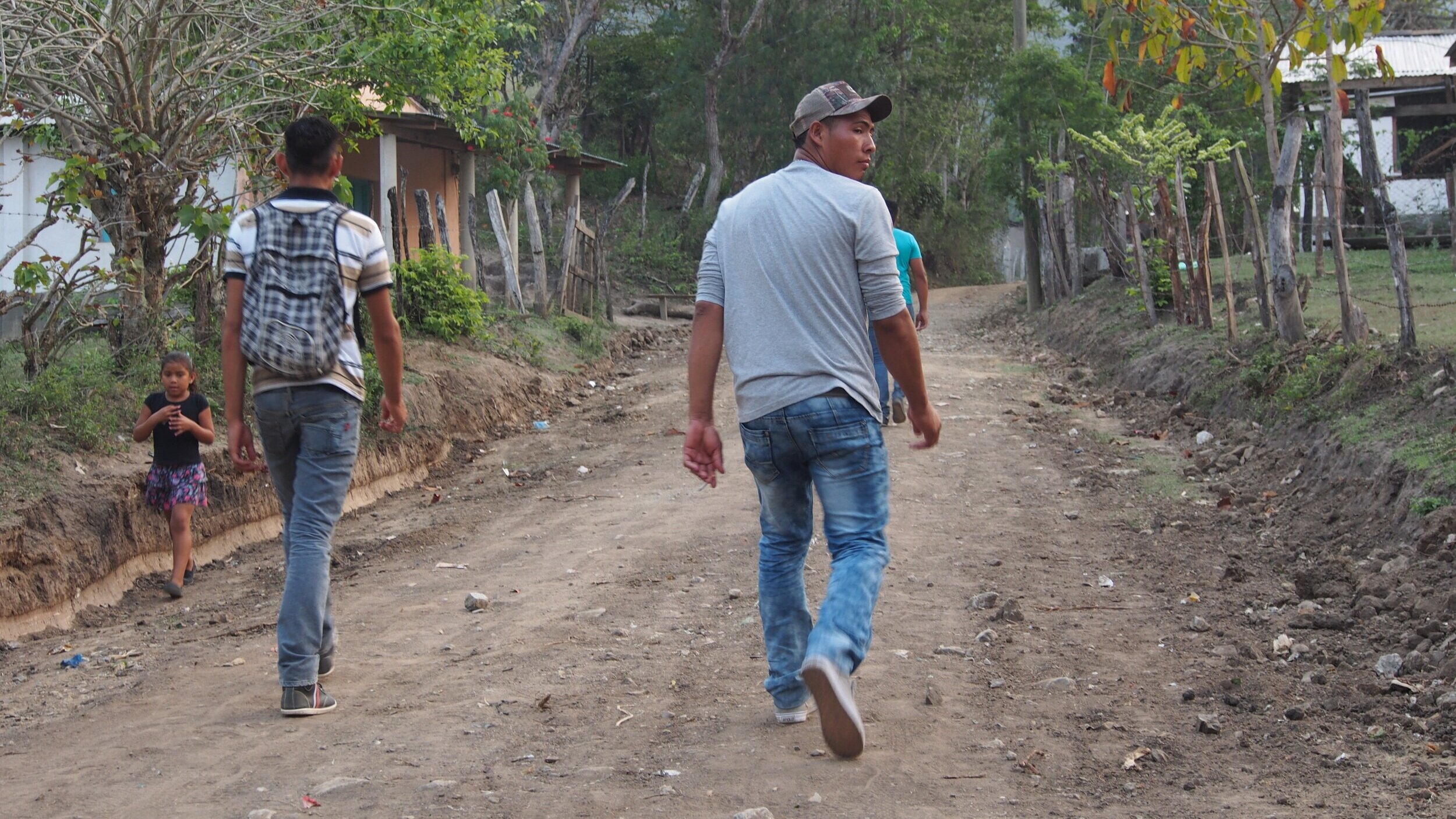The Need
Honduras’ past, present, and future
One of the poorest countries in the Western Hemisphere
Honduras – roughly the size of Tennessee – has a population of approximately 8.5 million people. It is a multi-ethnic country of Mestizo (Spanish and Indian, 90%) Amerindian (7%), Black (2%) and White (1%).
Endowed with natural resources, much of the land is owned by multi-national corporations or wealthy individuals. Its principal industries and exports are sugar, coffee, textiles, clothing and wood products.
The economy in recent years has experienced slow growth, while the distribution of wealth is polarized, with approximately 50% of the population living below the poverty line.
Instability from weather, drug violence, and politics
For a period of over one hundred and twenty years, the Honduran government – now a democratic constitutional republic – was racked by instability and outside intervention. In the 1980s, Honduras became the hub of U.S. involvement in proxy wars against insurgents in Nicaragua, El Salvador and Guatemala.
In 1998, Hurricane Mitch destroyed much of the country’s infrastructure. More recently, violence and corruption driven by the demand for illicit drugs in the U.S. has grown to become a major threat to stability, as well as a major impediment to progress in economic and social development.
Despite all of this, the people of Honduras remain industrious, friendly and convinced that their future is more promising than their past.
The Locomapa region is remote and has been poorly served
ACTS has been working in the mountainous region of Locomapa in the Department of Yoro for over twenty five years. Villages are remote, with some only within reach by foot or on horseback.
Some of the communities are indigenous, and these are often the poorest. Ironically, the original inhabitants are the least likely to hold titles to their own land.
While subsistence farming of corn and beans is the livelihood for most people, the economy of some of the indigenous villages is based entirely on the production and sale of charcoal. These people are often the poorest of the poor.
Improvements in El Rosario
ACTS began working with the village of El Rosario in 1986. At that time, the community was very poor. Farming practices were primitive, access to medical care was difficult, potable water was not readily available, and educational opportunities were extremely limited.
El Rosario today is prosperous by the standards of Locomapa, thanks in part to ACTS and our partners. The village now enjoys a good water system, with distribution to every home; a medical and dental clinic with a full time nurse and regular visits by a physician and dentist; a regional education center with a library and a computer lab; a government supported elementary school and secondary school program; a micro-bank for farmers; vastly improved and more sustainable agricultural practices; and, of course, a winning soccer team.
The surrounding villages
Other villages in Locomapa – witnessing the progress in El Rosario – have expressed interest in moving forward as well. Today, ACTS and our partners are engaged with about thirteen villages, and that number continues to grow.
Some of these communities are as poor (or are poorer) than El Rosario was thirty years ago. The leaders of El Rosario are now training leaders in these communities such that the impact of our efforts can be seen in a larger and larger region.
The needs are many: better access to health and education, better housing, better sanitary conditions, and better agricultural practices, among others. But the willingness of the villagers to work hard for a better future is unlimited.





